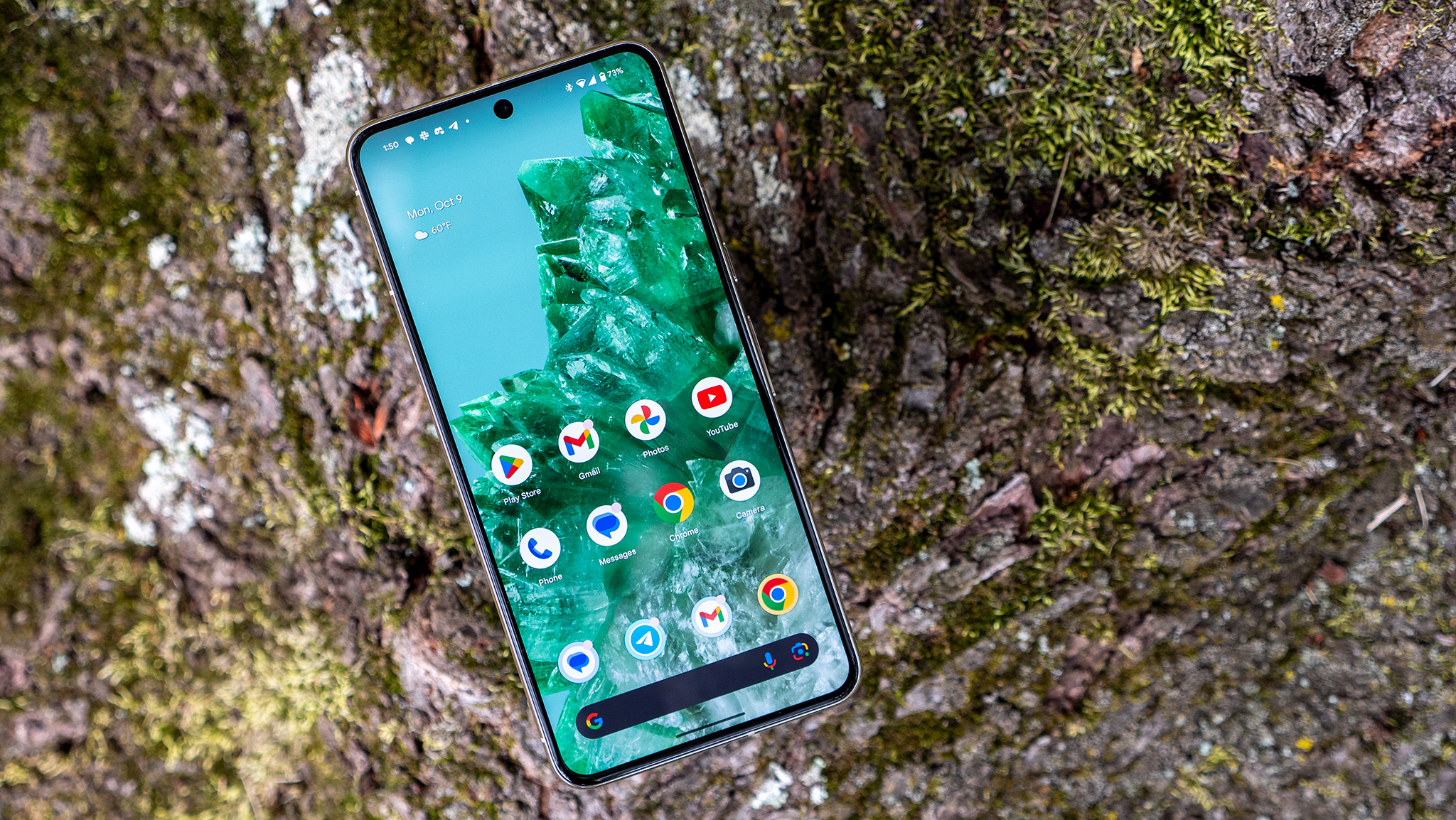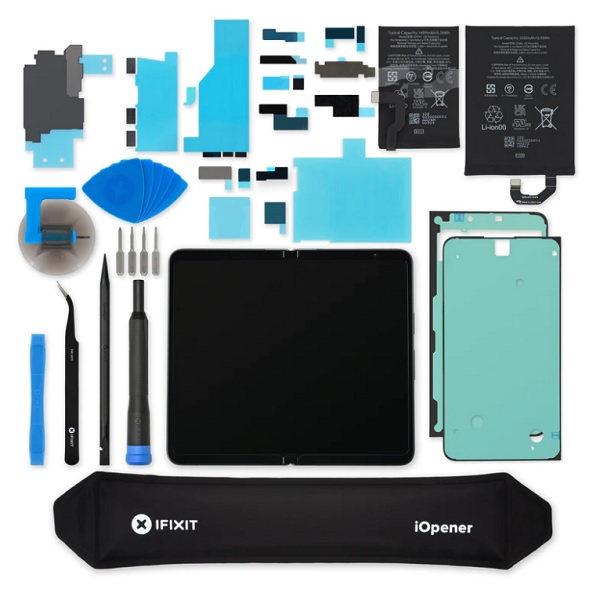Google wants to design Pixel phones to be repairable without special tools
The company shared its lofty goals during an episode of the Made by Google podcast.

What you need to know
- Google already has a partnership with iFixit and Pixel products are given an internal Design for Serviceability Scorecard.
- However, in a Made by Google podcast, the company shared its long-term goal of making Pixel devices more repairable.
- Google wants everything you need to repair your device to be available in your "kitchen drawer."
Right-to-repair is gaining traction, and Google has been a big part of that movement. The company partnered with iFixit to offer parts, tools, and repair guides for Pixel devices in 2022. Earlier this year, Google officially backed the pending right-to-repair bill in Oregon. Now, in the latest episode of the Made by Google podcast, the company elaborated on its plans for making Pixel phones and hardware easier to repair in the future.
The podcast featured an interview with Steven Nickel, who is the director of consumer hardware operations at Google. Part of Nickel's job is to make sure Pixel devices are designed with repairability in mind and to make sure post-sales support is offered to Pixel users. Nickel says he sought out leading right-to-repair initiatives at Google, and it's clear from the conversation that Nickel believes every Pixel user should be able to repair their devices.
"We want everyone to be able to do repairs," Nickel said plainly. As for how to reach that goal, he says part of it involves limiting the amount of glue used to seal Pixel phones.
"I remember going to our repair depot in Japan, and they had just outlined this process really effectively of how to take apart this device," Nickel recounted. "And they had done it by station. There was just one station that all they did was take out all of the glue and scrape it out of there."
Now, part of Google's internal process for improving Pixel repairability includes giving each device a "Design for Serviceability Scorecard." Nickel says the score always goes up with each Pixel phone generation, and that's intentional.

Google didn't restrict phone repairs to the parts of the world where Pixel devices are made, deviating from the industry norm, the company says. "It was pretty common back then, and still is, for manufacturers to want to do repair where [the devices] are manufactured," said Nickel. "That never made sense to us."
Finally, the long-term goal for Pixel repairability is to make fixing the devices a "fixture-less" repair.
Get the latest news from Android Central, your trusted companion in the world of Android
"Fixtures are the tools you need to repair them," Nickel explains. "We want to get to a point where you can reach into a kitchen drawer and be able to replace your screen."
Google has certainly made progress with Pixel device repairability, but it's still far from achieving that vision. Currently, Pixel phones still require specialized opening tools and bits for repairs. The water seal used in water-resistant devices is a specific hurdle the industry appears to be struggling to overcome. However, this interview once again shows that Google is committed to the right-to-repair movement.

Brady is a tech journalist for Android Central, with a focus on news, phones, tablets, audio, wearables, and software. He has spent the last three years reporting and commenting on all things related to consumer technology for various publications. Brady graduated from St. John's University with a bachelor's degree in journalism. His work has been published in XDA, Android Police, Tech Advisor, iMore, Screen Rant, and Android Headlines. When he isn't experimenting with the latest tech, you can find Brady running or watching Big East basketball.
You must confirm your public display name before commenting
Please logout and then login again, you will then be prompted to enter your display name.
